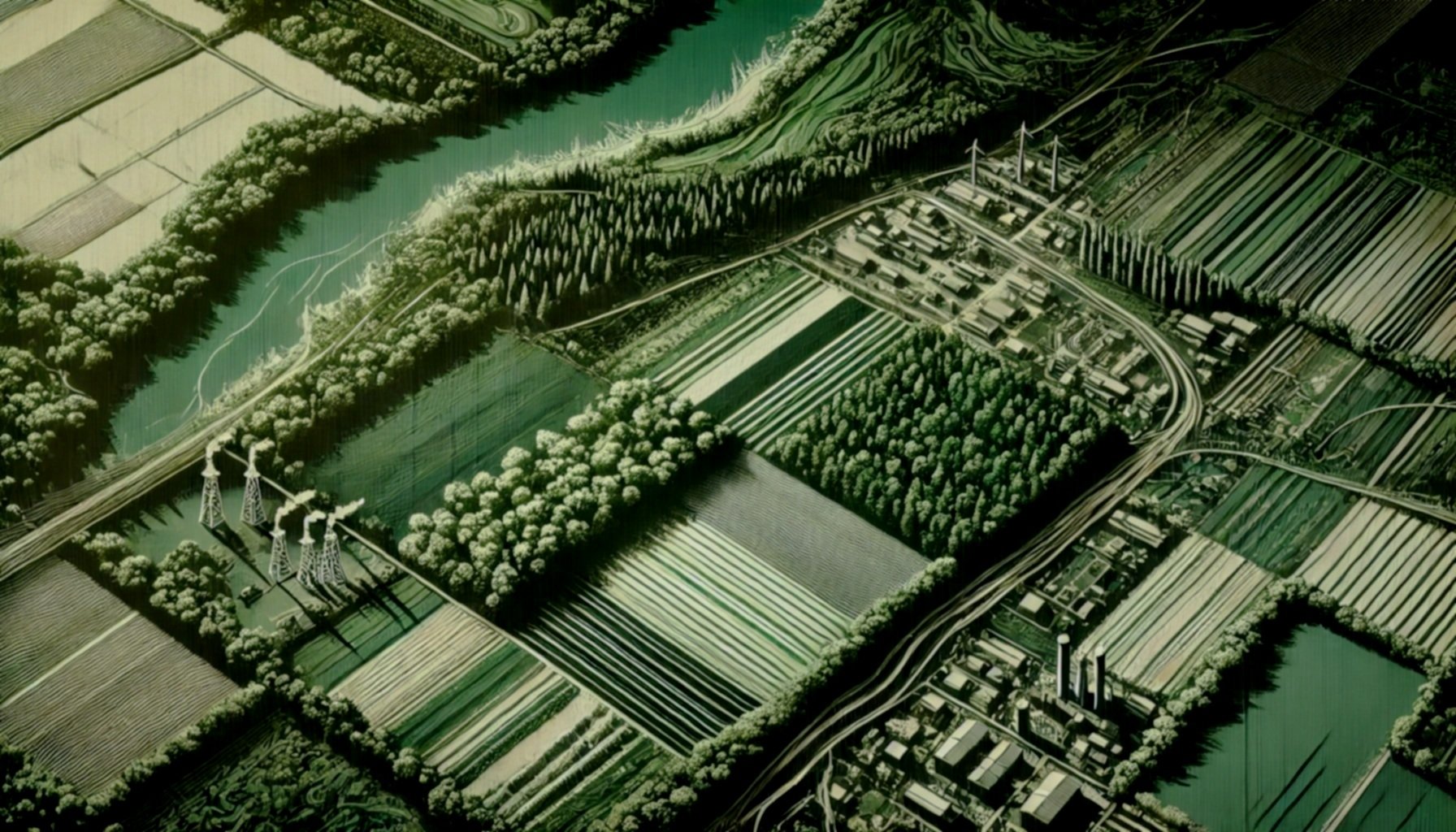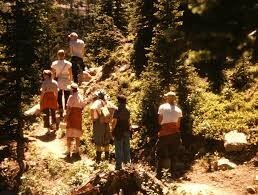
Adaptive reuse is the process of modifying an existing building to serve new uses. This form of redevelopment presents an exciting opportunity to adapt existing properties to meet the current needs of the community. Adaptive reuse could promote sustainability in Denver by redeveloping empty office space as housing.
While Colorado is known for its unique landscapes and environmentally conscious approach to climate-related issues, Denver ranks #6 in the nation for being one of the most polluted cities by ozone, following California and Arizona. Even more concerning, the US EPA has classified the Denver metropolitan area and North Front Range area as being in severe nonattainment for ozone and ground level ozone.
When imagining vast, biodiverse, tracts of land in the United States it is easy to imagine the expansive rainforests of the Pacific Northwest, the hard-to-reach peaks of the Rocky Mountains, or maybe even the sprawling deserts in Arizona and New Mexico. However, the southeastern United States from Texas to Georgia and Florida up to Virginia can claim a spot on that list . . . or least they used to.
Groundwater supplies 38% of the drinking water in the United States, and nearly half of the drinking water in the world. Groundwater is a freshwater source contained in aquifers that is extracted for human consumption by wells that are drilled into the aquifer.
The national parks have had unprecedented visitation since the pandemic began. While outdoor recreation has become more in vogue over the past decade, the pandemic led to a steady increase in visitation. This visitation is not evenly distributed across all of the parks in the National Park System, however. In 2021, just twenty-five parks (out of 423 total) received over half of all national park visits.
On the surface, Antarctica seems like a desolate wasteland. Early Antarctic explorer Apsley Cherry-Garrard even described his time on the continent by writing in his memoir, “polar exploration is at once the cleanest and most isolated way of having a bad time which has been devised.”
“Beef is bad.” We’ve all heard it, and the statistics show that meat, and especially beef, is a major contributor to greenhouse gas emissions and climate change. Agriculture broadly accounts for about 10% of the United States’ greenhouse gas emissions. Globally, animal agriculture accounts for an estimated 14.5% of emissions, and beef alone accounts for around 41% of that 14.5%. Ranching is incredibly resource-intensive, especially when the need for pastureland is added into the equation.
For several years, Colorado has consistently ranked as one of America’s “fittest” states. With more than 39,000 miles of trails winding throughout the colorful state, it is no wonder that the state has even held the number one position on more than one occasion. Not only do locals frequent the trails, but the striking beauty and vast wildlife of Colorado attract millions of visitors every year.
The Amazon Rainforest has often been referred to as the “lungs of the Earth,” producing 20 percent of the world’s oxygen while absorbing…
The Kayenta Solar Project, in Kayenta, AZ, is a multi-stage solar development that began as a single 27.5-megawatt solar installation. Constructed in 2017, it was meant to serve the…
Adaptive reuse is the process of modifying an existing building to serve new uses. This form of redevelopment presents an exciting opportunity to adapt existing properties to meet the current needs of the community. Adaptive reuse could promote sustainability in Denver by redeveloping empty office space as housing.
While Colorado is known for its unique landscapes and environmentally conscious approach to climate-related issues, Denver ranks #6 in the nation for being one of the most polluted cities by ozone, following California and Arizona. Even more concerning, the US EPA has classified the Denver metropolitan area and North Front Range area as being in severe nonattainment for ozone and ground level ozone.
When imagining vast, biodiverse, tracts of land in the United States it is easy to imagine the expansive rainforests of the Pacific Northwest, the hard-to-reach peaks of the Rocky Mountains, or maybe even the sprawling deserts in Arizona and New Mexico. However, the southeastern United States from Texas to Georgia and Florida up to Virginia can claim a spot on that list . . . or least they used to.
Groundwater supplies 38% of the drinking water in the United States, and nearly half of the drinking water in the world. Groundwater is a freshwater source contained in aquifers that is extracted for human consumption by wells that are drilled into the aquifer.
The national parks have had unprecedented visitation since the pandemic began. While outdoor recreation has become more in vogue over the past decade, the pandemic led to a steady increase in visitation. This visitation is not evenly distributed across all of the parks in the National Park System, however. In 2021, just twenty-five parks (out of 423 total) received over half of all national park visits.
On the surface, Antarctica seems like a desolate wasteland. Early Antarctic explorer Apsley Cherry-Garrard even described his time on the continent by writing in his memoir, “polar exploration is at once the cleanest and most isolated way of having a bad time which has been devised.”
“Beef is bad.” We’ve all heard it, and the statistics show that meat, and especially beef, is a major contributor to greenhouse gas emissions and climate change. Agriculture broadly accounts for about 10% of the United States’ greenhouse gas emissions. Globally, animal agriculture accounts for an estimated 14.5% of emissions, and beef alone accounts for around 41% of that 14.5%. Ranching is incredibly resource-intensive, especially when the need for pastureland is added into the equation.
For several years, Colorado has consistently ranked as one of America’s “fittest” states. With more than 39,000 miles of trails winding throughout the colorful state, it is no wonder that the state has even held the number one position on more than one occasion. Not only do locals frequent the trails, but the striking beauty and vast wildlife of Colorado attract millions of visitors every year.
The Amazon Rainforest has often been referred to as the “lungs of the Earth,” producing 20 percent of the world’s oxygen while absorbing…
The Kayenta Solar Project, in Kayenta, AZ, is a multi-stage solar development that began as a single 27.5-megawatt solar installation. Constructed in 2017, it was meant to serve the…










